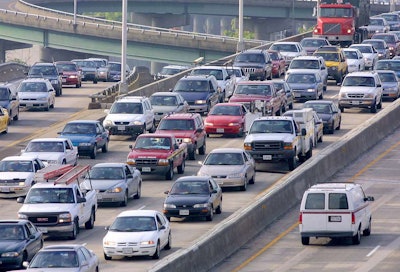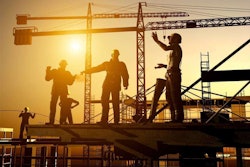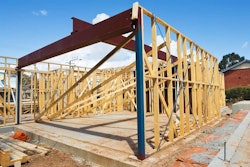
For the last half-century gas and diesel taxes collected at the pump have been the primary source of funding for almost all our highway infrastructure. But Congress hasn’t increased the gas tax or adjusted it for inflation since 1992.
Anti-tax advocates claim this as a victory, but it’s not. With the highway trust fund running dry, the government has been borrowing money from the general fund to pay for a minimum of maintenance and few improvements. Instead of paying at the pump, we’re paying through a combination of income and business taxes and deficit financing.
To make matters worse, as much as 25 percent of the federal motor fuels tax goes to projects other than roads and bridges—things like public transit, bike paths and projects beloved of certain politicians. And the states use the fuel taxes they collect for all kinds of debts and obligations unrelated to transportation. Siobhan Hughes, writing in the July 17 Wall Street Journal reported that:
- Texas spends 25 percent of its fuel tax revenue on education.
- Kansas has allocated some of its gas tax revenue to pay for Medicaid and schools.
- New Jersey will set aside $516 million of its gas tax revenue to help pay down its $1-billion in debt interest.
- Washington State will spend 70 percent of its fuel tax revenue paying off the debt for past projects.
Highway funding used to be simple and fair. You paid per gallon. The more you used the roads, the more you paid. But simple, honest, and fair—in today’s government—that just won’t do.
To make up for shortfalls in infrastructure funding, politicians at all levels are promoting a complex panoply of “creative” funding schemes including toll roads, bond issues, GPS mileage trackers, congestion pricing and public-private partnerships.
Toll roads are often cited as the best alternative. Yet as this news report from Houston, Texas, demonstrates, on many toll roads the public continues to plunk down cash long after the construction is paid off. One road was paid for 12 times over without the tolls ever being rescinded. Where does the money go after the construction debt is paid off? Does the public have any say so in this? If you want to know you better hire an army of forensic accountants and lawyers. Politicians and their cash cows are not easily parted.
And if the state- and city-run toll roads are funding something other than road building, how much harder is it going to be to get public accountability from the P3 or public-private-partnership arrangements being touted now?
Because the construction industry is desperate to get back on its feet it generally supports these creative initiatives. Republicans like creative financing because they make it look like they’re not raising taxes and it rewards their big-business benefactors. Democrats like them because they know than can eventually siphon off funds for projects that have nothing to do with roadbuilding.
But when you see the words “public,” “private” and “creative financing” anywhere near each other, the results are almost always a disaster for the public. Recent history has proven this point repeatedly.
Buying electricity from the power company was once a simple process until the whiz kids from Enron convinced the utilities and government regulators to privatize the market. They nearly bankrupted Southern California Edison and put it’s customers through the wringer with rolling blackouts and skyrocketing utility bills until the company itself imploded.
In the homebuilding industry creative financing and the collusion between government (Fannie and Freddie) and the private sector nearly brought down the whole economy. As that bubble burst homebuilders went from completing 2.2-million homes in 2006 to fewer than 600,000 homes three years later. Eight years out the homebuilding industry hasn’t recovered even half the volume.
Now the same type of people are trying to do the same thing to the roadbuilding industry.
Infrastructure must remain in the public’s hands and its financing done through fuel taxes and only fuel taxes. And those fuel taxes must only go to transportation infrastructure, not education or politicians’ pet projects. To privatize road building or continue to ring our cities with toll roads means that the banks, politicians, lobbyists and international conglomerates will get richer. The rest of us will pay vastly more for our roads than had we simply raised the gas tax and followed the pay-as-you-go model that has worked perfectly for the last half century.
If you think the highway construction industry can afford to take a 73 percent hit, as did the homebuilders from 2006 to 2009, by all means, support toll roads and creative financing schemes. Wall Street and the politicians are always looking for a few more suckers to fleece.












